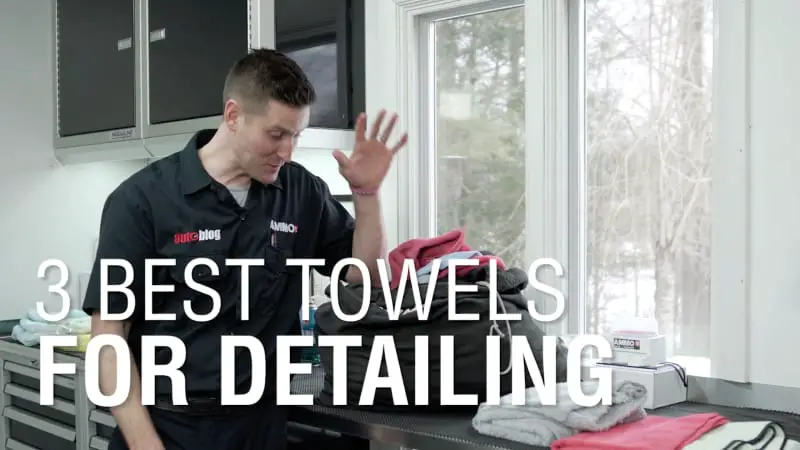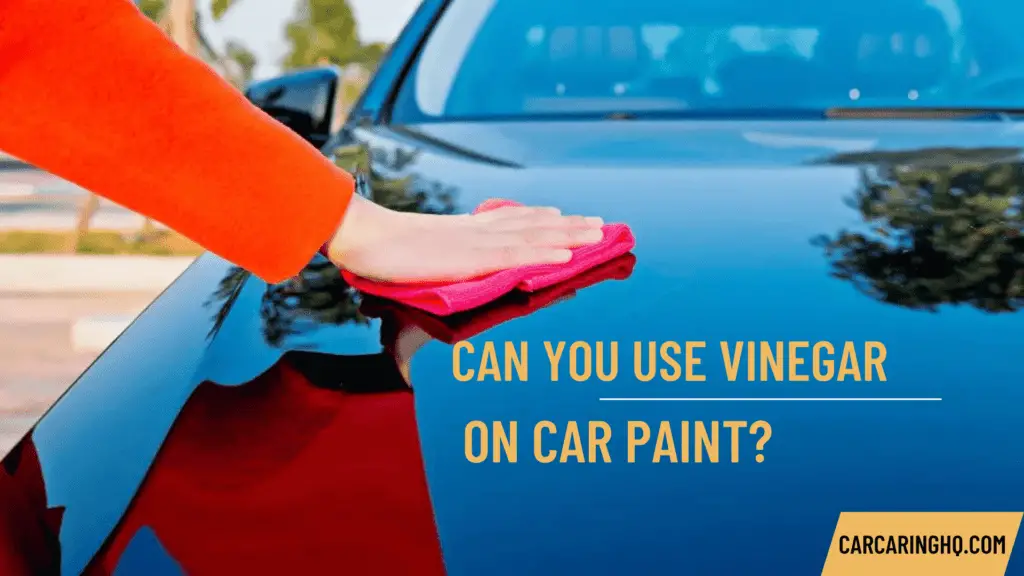Life hacks are everywhere, but how effective are they really? Among the array of quick fixes, one curious method stands out: using toothpaste to remove scuffs from car paint. In this episode of Car Hacks, Amr undertakes this interesting experiment to see if a common household item can serve as a budget-friendly alternative to professional car polish. The process is simple and cheap, but does it yield results worth the effort?
A scuff, for those unfamiliar, is a minor scratch that often doesn’t penetrate the clear coat of the car’s paint. These blemishes not only detract from the appearance but can also become a focal point of frustration for car owners. The hack in question claims that whitening toothpaste with tartar protection can act as a mild abrasive, similar to car polish. If successful, this could mean significant savings in car maintenance costs. However, the real question is, does this method actually work or is it just another internet myth?
Table of Contents
The Science Behind Toothpaste as an Abrasive
Scuffs are minor scratches on your car’s paint that typically don’t penetrate beyond the clear coat. The clear coat is the outermost layer of your vehicle’s finish, protecting the paint and primer below. These scuffs can be annoying and detract from your car’s aesthetic appeal. Traditional methods of removing these scuffs involve professional detailing and polishing, which can be costly. This has led car owners to seek out DIY solutions, one of which is the use of toothpaste.
Toothpaste, particularly the whitening variety with tartar protection, contains mild abrasives. These abrasives are similar to those found in professional car polishes, which can buff out minor imperfections on the surface of the clear coat. The theory is that by applying toothpaste to the scuffed area and rubbing it in, you can remove a microscopic layer of the clear coat, thus making the scuff less visible. The key is to use a circular motion and a bit of elbow grease to ensure that the abrasive action is effective.
The Experiment Setup
To put this hack to the test, Amr starts by washing the scuffed area with car soap and water to remove any dirt or grime that could interfere with the process. Once the area is clean and dry, he applies a generous amount of whitening toothpaste to a soft towel. It’s important to use a soft towel to avoid adding any additional scratches to the paint.
Amr then rubs the toothpaste onto the scuff in a circular motion, applying consistent pressure. This action is supposed to mimic the polishing process used in professional detailing. After scrubbing for a few minutes, he rinses off the toothpaste with water and wipes the area dry to inspect the results.
Results and Observations
Upon inspecting the work, Amr notices that while the toothpaste did remove some of the scuff, it wasn’t a complete success. The scuff was less visible but not entirely gone. This suggests that while toothpaste can be somewhat effective as a quick fix, it may not replace professional methods for more noticeable or deeper scuffs.
It’s also worth noting that this method requires careful handling to avoid damaging the clear coat. Over-scrubbing or using a toothpaste with too strong an abrasive can lead to more harm than good. Therefore, while this hack may offer a temporary solution, it may not be the best approach for those looking for perfect results.
Practicality and User Tips
Toothpaste, being a common household item, offers a cheap and accessible solution for minor scuffs. However, its effectiveness can vary. For best results, it’s advisable to select a toothpaste known for its mild abrasiveness and to avoid using whitening toothpaste too frequently on the same spot, as this could wear down the clear coat over time.
Additionally, it’s important to set realistic expectations. Toothpaste might make a scuff less noticeable, but it’s unlikely to completely erase it. For car owners who are particularly meticulous about their vehicle’s appearance, investing in professional detailing might still be the preferred option.
After thoroughly examining the toothpaste hack, it’s evident that while toothpaste can act as a mild abrasive to reduce the visibility of scuffs, it is not a perfect solution. The hack only partially succeeded in removing the scuff, and the results varied depending on the depth and severity of the blemish.
Moreover, there’s a risk of potentially damaging the clear coat if too much pressure is applied or if the toothpaste used has strong abrasives. This method requires careful application and appropriate selection of products to avoid any unintended damage.
In conclusion, toothpaste can be a handy quick fix for minor and shallow scuffs, particularly when professional detailing is not an immediate option. However, for optimal results and to avoid any further damage, professional car care methods remain the most reliable approach. Treat this hack as a temporary measure rather than a permanent solution to car paint scuffs.







